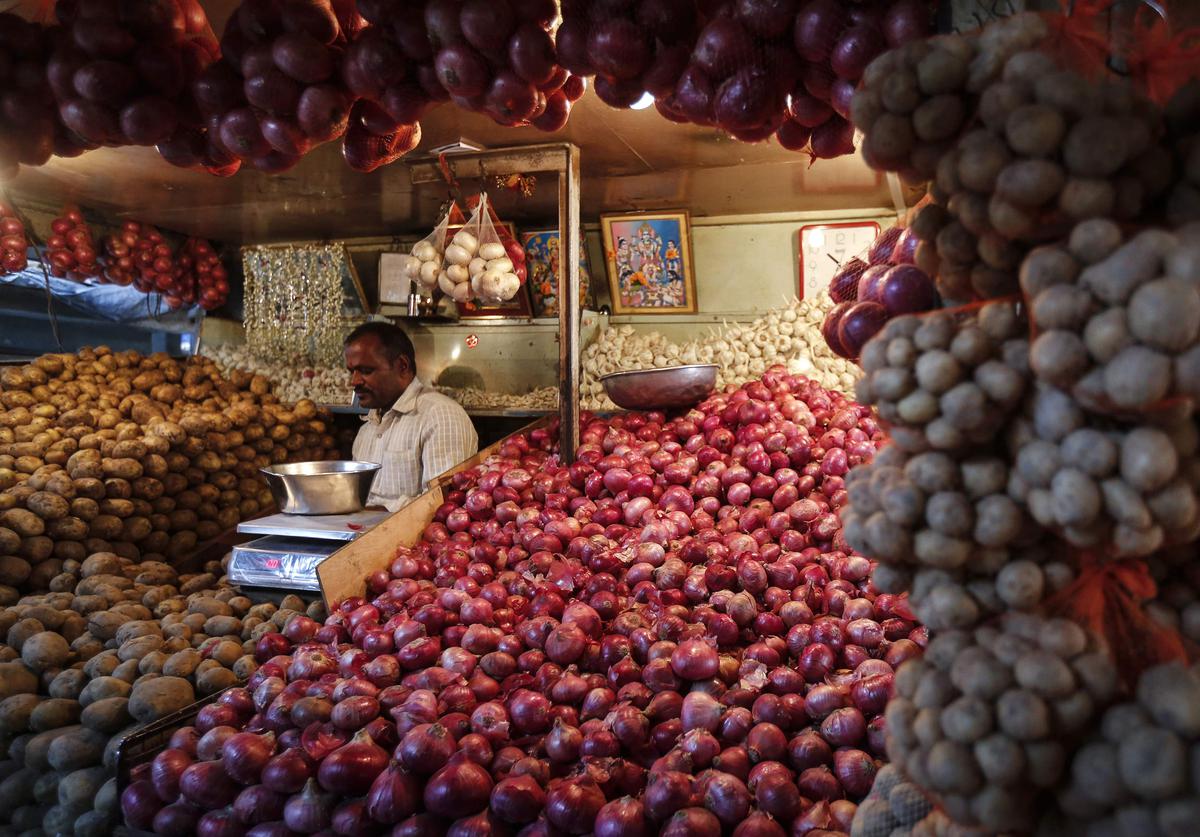Even though demand remained on the lower side due to the festival season, steel mills managed to maintain stable domestic prices in November. Mills are still having a difficult time in the export market due to a decrease in orders in important markets, even at $570 per tonne.
Because of pressures from the global crisis and the higher pricing of Indian products compared to those of the competition, exports are still in decline. The cost of HRC decreased by 200 per tonne to ₹56,000–56,500. According to Steel Mint, cold rolled coils experienced a more significant decline of 1,700 and were trading at 63,000 to 64,000. Galvanized pipe costs (GP) were constant at 68,000 per tonne.
India produced 71.29 million tonnes of crude steel for the months of April through October, an increase of 6% from the same period last year (mt). According to data from the Ministry of Steel, PSU production of crude steel declined by 5% over the examined period, while private players’ production rose by 8%.
TV Narendran, MD & CEO of Tata Steel, stated during an investor call on Tuesday that steel prices are anticipated to increase with the end of the monsoon starting in midNovember, resulting in margin improvement. Margin improvement should also result from a drop in coking coal costs in Q3. On the heels of infrastructure projects getting back on track and orders picking up, especially with the price drop, mills forecast an uptick in demand. Construction has been prohibited in some North Indian markets (except projects involving roads and highways) as a result of an increase in air pollution in the Delhi-National Capital Region.

